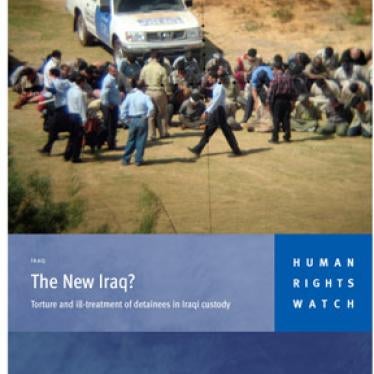It is the end of the school day, teenage students gather in the playground before heading home. An aircraft buzzes overhead. A second later, chaos – at least 10 are dead and dozens wounded. Video images of the young victims – the dead, dying and severely wounded - show tell-tale signs of severe burns.
That was the gruesome scene reported this week by the BBC of an apparent Syrian government airstrike in northern Syria in which an incendiary bomb was dropped on a school on August 26. While we have not investigated this incident, we have recorded multiple instances of Syrian government use of air-delivered incendiary bombs since November 2012, including in a previous school attack. We have also documented attacks by Syrian armed forces on schools not being used for military purposes, including at least two air strikes on schools in the north of the country.
Incendiary weapons contain flammable substances designed to set fire to objects or to cause burn injuries and death. The types used in Syria are believed to contain thermite, while others contain napalm or white phosphorus.
Incendiary weapons are not chemical weapons, which kill and incapacitate by the toxic properties of the chemicals released. Incendiary weapons contain substances that ignite and are not considered to be cluster munitions which contain explosive submunitions that detonate. Both chemical weapons and cluster munitions are banned by international treaties, but Syria has not joined either one.
Syria has also not joined the 1980 Convention on Conventional Weapons (CCW), which has a protocol on incendiary weapons, banning the use of air-delivered incendiary weapons in areas with “concentrations of civilians.” A total 106 nations have joined CCW Protocol, which Human Rights Watch has been working to strengthen.
Incendiary weapons produce cruel injuries, including extremely painful burns, often down to the bone, and can also cause respiratory damage. The burns are difficult to treat, especially in conflict areas lacking adequate medical facilities, and the treatment itself can be excruciating. Permanent scarring and disfigurement can lead to social ostracism. Incendiary weapons also cause fires to infrastructure due to their broad area effect, which means they cannot be used in a way that discriminates between soldiers and civilians in populated areas.
The size of Syria’s stockpile of incendiary weapons is not known, but is thought to be of Soviet origin.
The Syrian government should cease its use of incendiary weapons immediately.







